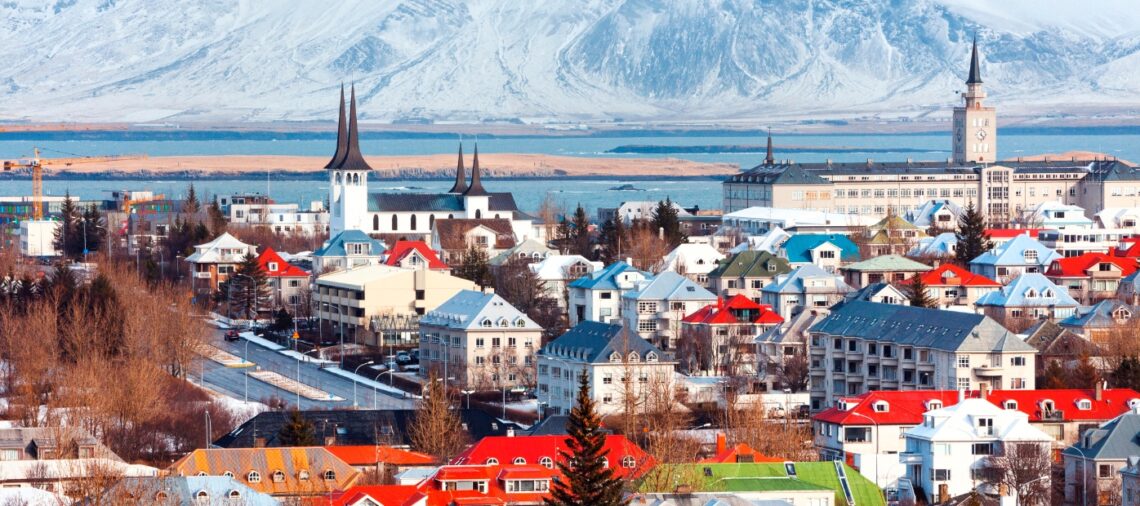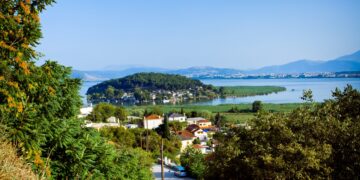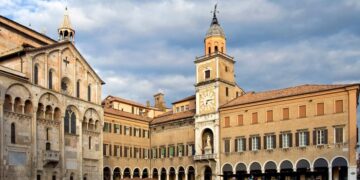As you dream of exploring the Land of Fire and Ice, a place where majestic glaciers meet bubbling hot springs, you can’t help but wonder: just how much should you set aside for your adventure in Iceland? While the allure of this breathtaking country may tempt you to splurge, fear not, for with careful planning and budgeting, you can experience the wonders of Iceland without breaking the bank. But how? How much does a holiday in Iceland cost?
In this discussion, we will uncover the secrets to exploring Iceland on a budget, from finding affordable accommodations to enjoying delicious local cuisine without emptying your wallet. So, prepare to embark on a journey of discovery as we unveil the key to experiencing the magic of Iceland without compromising your financial peace of mind.
Is it expensive to travel around Iceland?
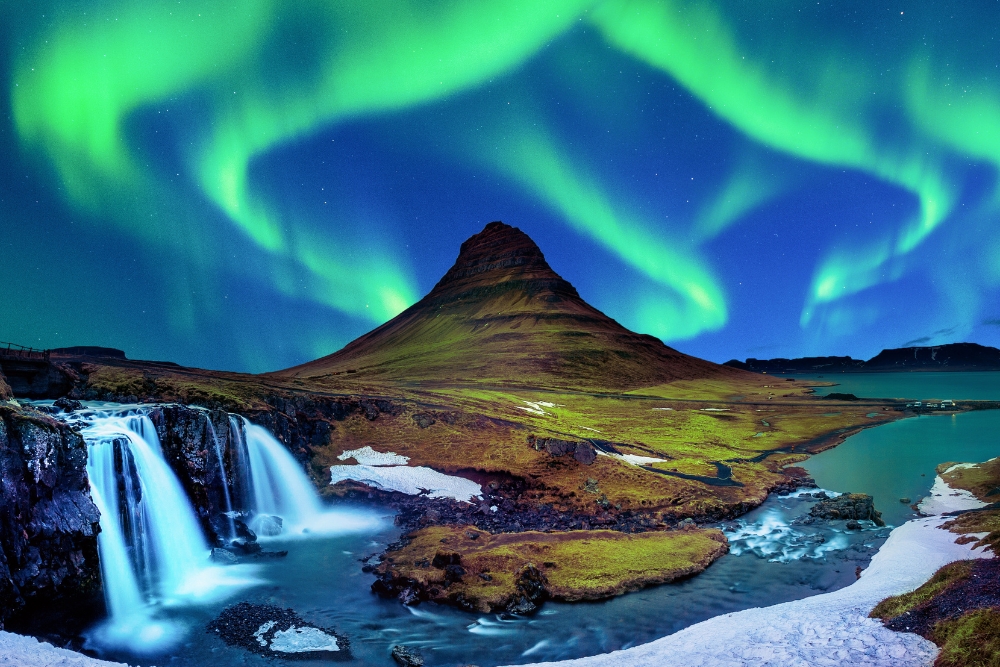
Traveling around Iceland can be expensive, but with careful planning and budgeting, it is still possible to experience the beauty of the Land of Fire and Ice without breaking the bank. If you’re looking to do budget travel in Iceland, there are a few things you can do to save money and make your trip more affordable.
Firstly, consider visiting during the off-season. The summer months are the most popular time to visit Iceland, which means higher prices for accommodations, tours, and flights. If you can travel during spring or fall shoulder seasons, you’ll find cheaper rates and fewer crowds.
Another tip for cheap travel in Iceland is to rent a campervan. This allows you transportation and accommodation, saving you money on hotels. Plus, you can cook your meals, which is much cheaper than eating out for every meal.
Regarding activities, focus on the natural wonders that Iceland is known for. Exploring national parks, hiking trails, and waterfalls are free or low-cost options. Skip the expensive tourist traps and opt for the natural beauty that Iceland has to offer.
Traveling in June? Check how’s the weather in Iceland in June.
How much does a holiday in Iceland cost? Is it expensive in Reykjavik for a regular traveler?
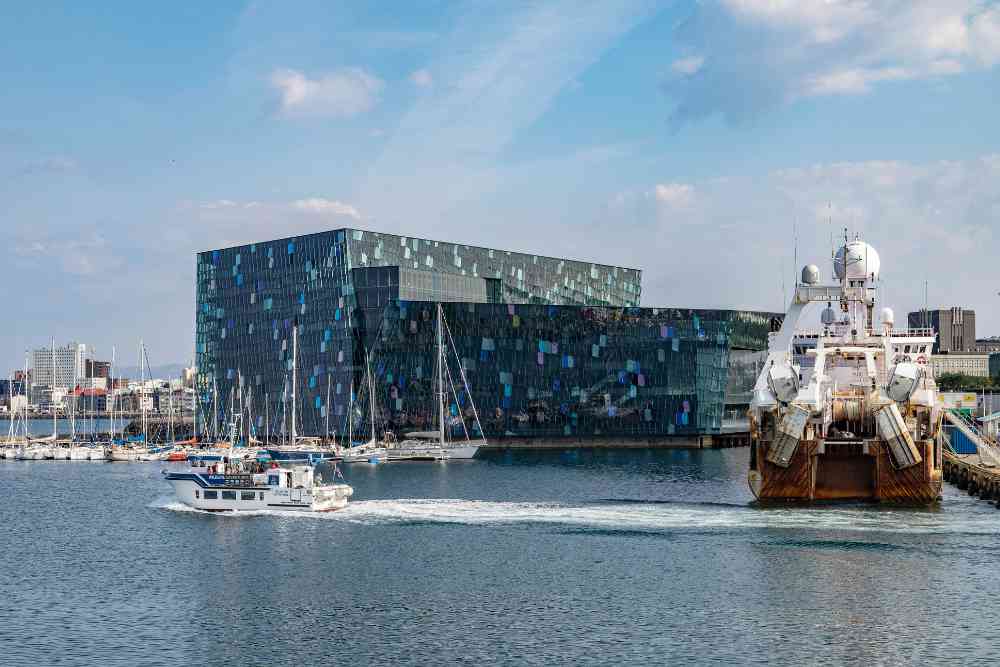
For a regular traveler, Reykjavik can be quite expensive, but there are ways to save money and make your visit more affordable. Iceland travel expenses, including traveling in Iceland and Iceland trip expenses, can add up quickly, especially in the capital city. However, with some careful planning and budgeting, you can still enjoy your time in Reykjavik without breaking the bank.
One of the best ways to save money on accommodation in Reykjavik is to consider staying in a hostel or guesthouse instead of a hotel. These options are often more budget-friendly and can provide a unique opportunity to meet fellow travelers. Additionally, look for accommodations that include breakfast to save on dining expenses.
When it comes to food, eating out in Reykjavik can be expensive. To save money, consider buying groceries and cooking your meals, especially for breakfast and lunch. This is a great way to experience local cuisine and save some money at the same time.
Transportation in Reykjavik can also be costly, but there are ways to minimize expenses. Consider using public transportation or walking instead of relying on taxis or rental cars. Reykjavik is a relatively small city, and most main attractions are within walking distance.
Lastly, take advantage of the many free or low-cost attractions in Reykjavik. Visit the iconic Hallgrimskirkja church, explore the colorful streets of the city center, or take a relaxing stroll along the waterfront. There are plenty of things to see and do in Reykjavik that won’t cost you a fortune.
How much spending money do you need per day in Iceland?
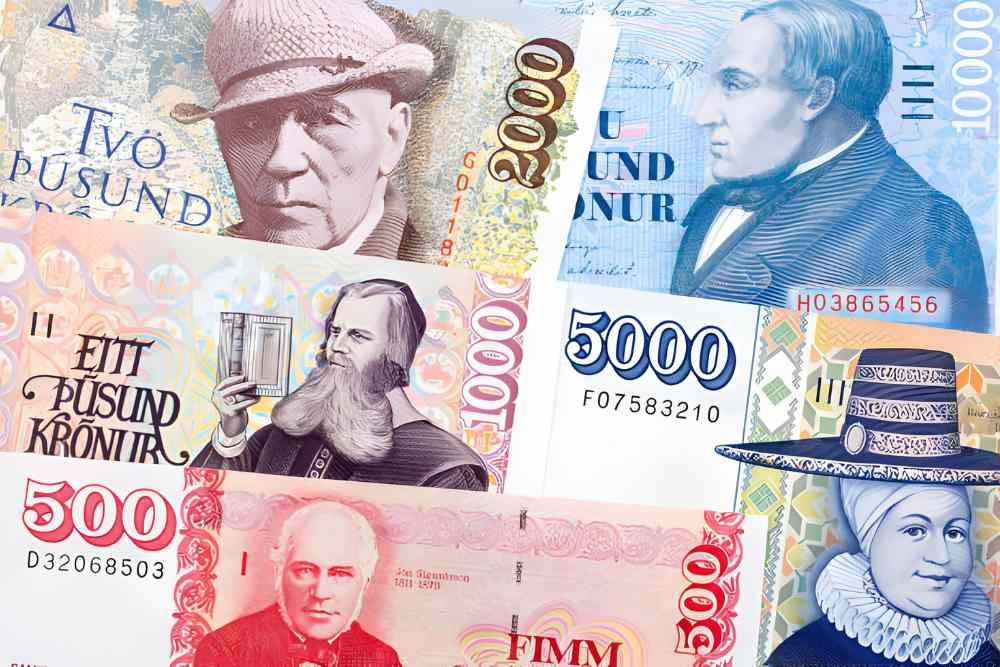
To budget for your daily expenses in Iceland, it is important to consider the average cost of meals, transportation, and activities. Iceland can be an expensive destination, but with careful planning, you can make it more affordable. You should budget around 6,000 to 10,000 Icelandic Krona (ISK) per day for your expenses. This includes meals, public transportation, and activities.
Eating out in Iceland can be pricey, with an average meal costing around 2,500 to 4,000 ISK. To save money, consider eating at local grocery stores or food trucks, where you can find cheaper options. Additionally, opt for self-catering accommodation with kitchen facilities so you can prepare your meals.
When it comes to transportation, public buses are the cheapest way to travel in Iceland. A bus fare within Reykjavik costs around 450 ISK, and day passes are available for unlimited travel. If you plan to explore beyond the city, consider renting a car with friends to split the cost.
As for activities, there are plenty of free or low-cost options in Iceland. Take advantage of the stunning natural landscapes by hiking, visiting waterfalls, or exploring national parks. Many museums and attractions also offer students discounted rates or free admission days.
Accommodation Expenses in Iceland
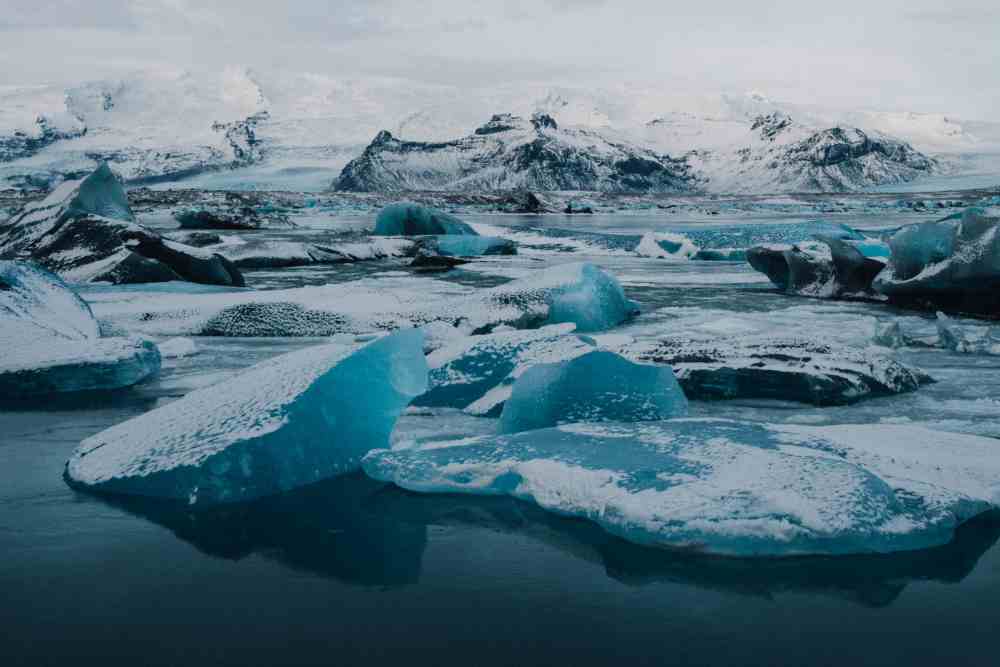
If you’re looking to save money during your trip to Iceland, it’s important to consider the cost of accommodation. Travel costs in Iceland can be quite high, but there are ways to keep your accommodation expenses on a budget. The best time to visit Iceland on a budget is during the shoulder seasons, which are the months of May and September. During these months, you can find more affordable accommodation prices compared to the peak tourist season in the summer.
One option for budget accommodation in Iceland is staying in hostels. There are many hostels throughout the country that offer affordable dormitory-style rooms. This is a great way to meet fellow travelers and save money simultaneously. Another budget-friendly option is camping. Iceland has many campsites where you can pitch a tent for a small fee. This allows you to experience the beautiful landscapes of Iceland while keeping your accommodation costs low.
If you prefer more comfort, guesthouses and bed and breakfasts are also available at a more affordable price than hotels. These accommodations usually provide a private room and shared facilities, making them cost-effective. Additionally, consider booking your accommodation in advance to secure the best deals and avoid last-minute price surges.
Food and Dining Prices in Iceland. Examples of prices for regular food and drinks
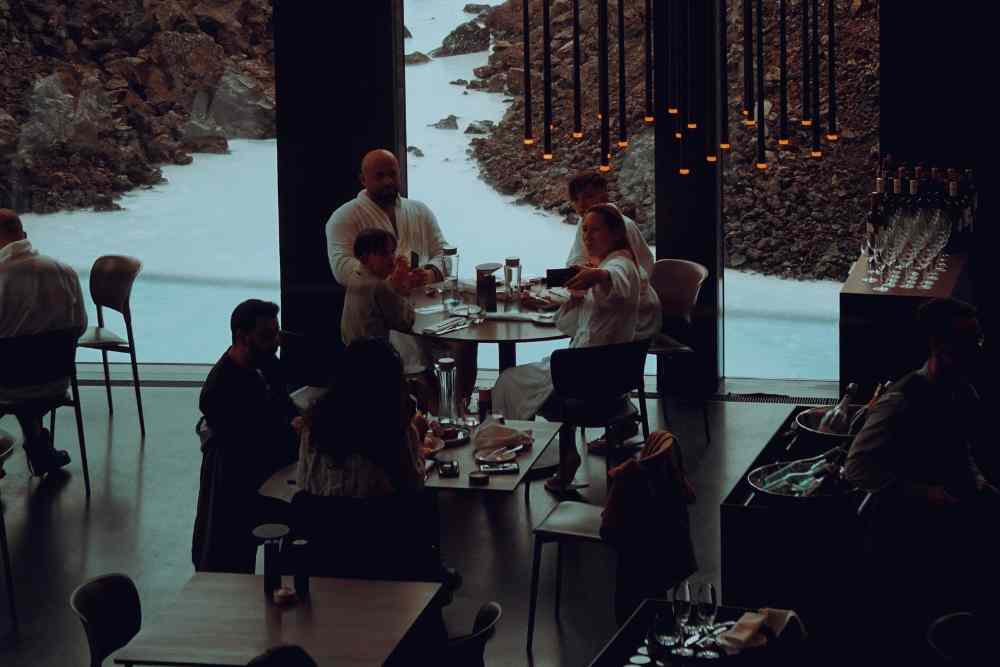
Looking to satisfy your hunger while staying within budget? Let’s explore Iceland’s food and dining prices, including examples of regular food and drink costs.
Regarding food in Iceland, it’s important to note that eating out can be quite expensive. A typical meal at a mid-range restaurant can cost around 2,500 to 4,500 ISK ($20 to $36). However, if you’re on a tighter budget, you can opt for fast food or street food options, which can be more affordable, ranging from 1,000 to 2,000 ISK ($8 to $16) per meal.
For those who prefer cooking their meals, groceries in Iceland can also be pricey. A basic shopping list, including essentials like bread, milk, eggs, and fruits, can cost around 3,000 to 4,500 ISK ($24 to $36). It’s worth noting that buying alcohol from supermarkets can significantly increase your bill, as alcohol prices are heavily taxed in Iceland.
Regarding drinks, a cup of coffee can cost you around 400 to 600 ISK ($3 to $5), while a bottle of water is usually around 200 to 400 ISK ($2 to $3). If you want to enjoy a pint of beer, be prepared to pay between 1,200 to 1,800 ISK ($10 to $14).
To save money on food and drinks in Iceland, consider cooking your meals, opting for cheaper dining options, and avoiding excessive alcohol consumption. With a little planning and budgeting, you can enjoy delicious meals in Iceland without breaking the bank.
Attractions and Activities Fees in Iceland
When exploring Iceland on a budget and considering the cost of food and dining, it’s also important to know the fees for attractions and activities. Iceland offers a wide range of breathtaking natural wonders and unique experiences with a price tag. The good news is that there are plenty of affordable options for you to enjoy while still sticking to your budget.
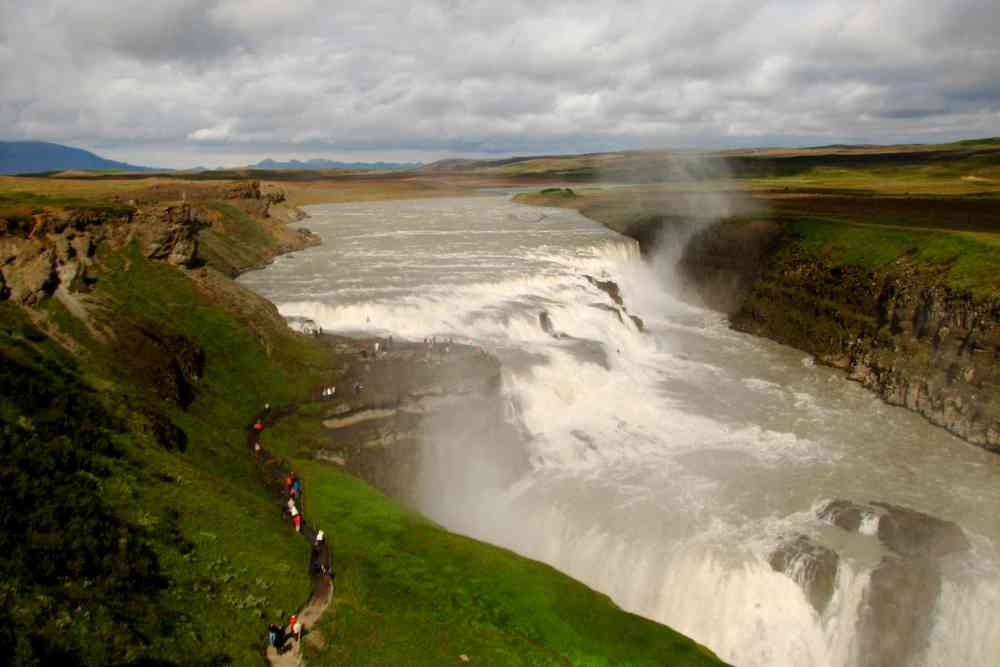
One of the most popular attractions in Iceland is the Golden Circle, which includes sights like the Geysir geothermal area, Gullfoss waterfall, and Thingvellir National Park. Entrance fees for these attractions range from 500 to 1,000 ISK (Icelandic Króna), around $4 to $8 USD. Another must-see is the Blue Lagoon, a geothermal spa known for its healing waters. The basic entry fee starts at around 6,990 ISK ($55 USD) during off-peak hours.
If you’re an outdoor enthusiast, there are also many free or low-cost activities. Hiking trails, such as the famous Laugavegur Trek, offer stunning landscapes and are free to explore. You can also visit black sand beaches, like Reynisfjara, or dip in hot springs like the Secret Lagoon for a small fee.
To make the most of your budget, consider purchasing a Reykjavik City Card, which provides free entry to many museums and swimming pools and discounts on tours and transportation. Additionally, watch for special deals and discounts tour operators offer or through online booking platforms.
Rental Car or Public Transportation Costs in Iceland
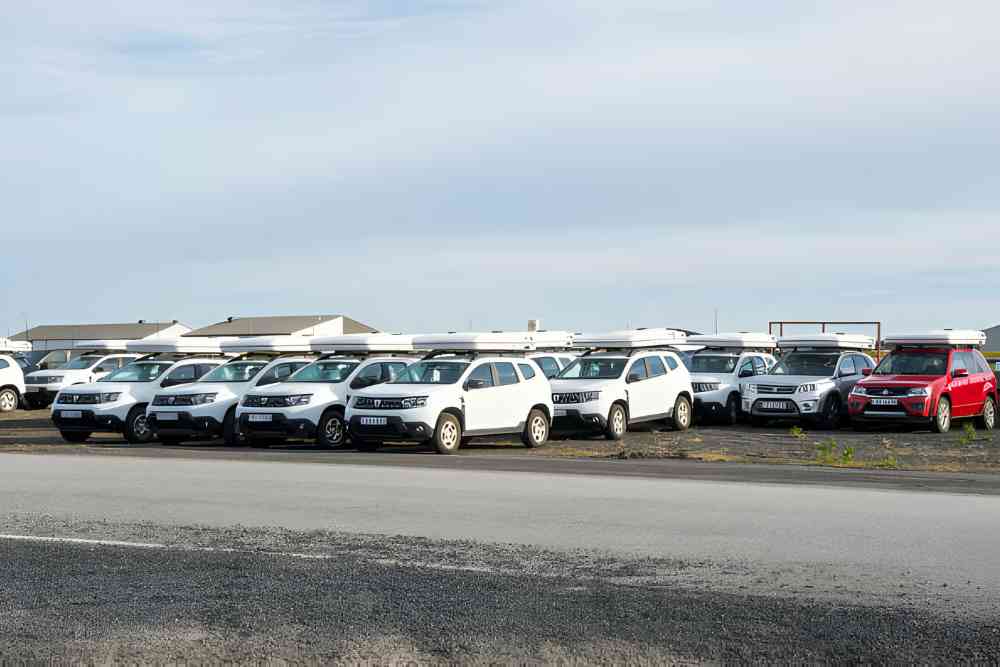
To help you navigate Iceland and explore its stunning landscapes, you can either rent a car or use public transportation. Both options have pros and cons, so it’s important to consider your priorities and budget before deciding.
Renting a car in Iceland allows you to explore at your own pace and venture off the beaten path. You can easily reach remote areas and have the flexibility to stop whenever and wherever you please. However, car rental costs in Iceland can be quite high, especially during peak travel seasons. Additionally, you’ll need to factor in the cost of fuel, parking fees, and any additional insurance coverage you may want.
On the other hand, using public transportation in Iceland is a more budget-friendly option. The bus network is extensive and covers most major attractions and towns. You can purchase a multi-day pass, which allows unlimited travel within a specific region. However, public transportation in Iceland may not be as frequent or convenient as having your own car. It may also limit your ability to explore off-the-beaten-path destinations.
Ultimately, choosing between renting a car or using public transportation in Iceland depends on your budget, travel preferences, and the freedom you desire. Consider your options carefully and weigh the costs and benefits before deciding.
Travel Insurance and Miscellaneous Expenses in Iceland
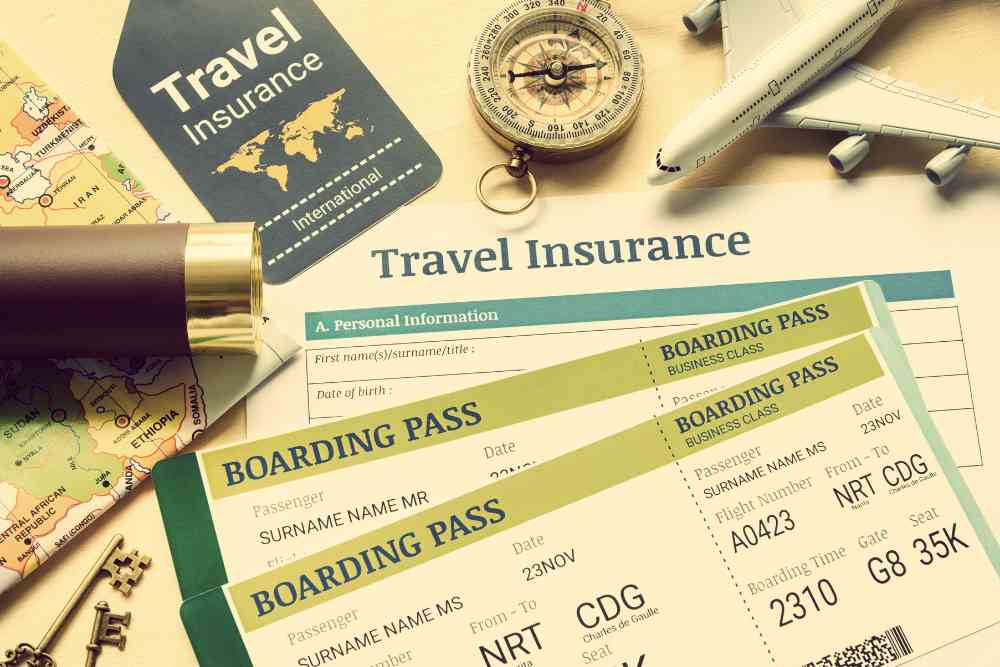
Consider purchasing travel insurance and budgeting for miscellaneous expenses when planning your trip to Iceland. While travel insurance may seem unnecessary, it can provide valuable coverage for unforeseen circumstances such as medical emergencies, trip cancellations, or lost luggage. It ensures you have peace of mind and financial protection during your journey.
Regarding miscellaneous expenses, it’s important to allocate a portion of your budget for unexpected costs that may arise during your time in Iceland. This could include entrance fees to attractions, souvenirs, additional meals, or transportation expenses not accounted for in your original plan. By setting aside some extra funds for these miscellaneous expenses, you can enjoy the freedom and flexibility to fully experience everything Iceland offers without worrying about blowing your budget.
It’s also worth noting that Iceland can be an expensive destination, so it’s essential to plan accordingly. Research the average accommodation, food, and transportation costs and factor these into your budget. Being aware of the potential expenses and having a cushion for unexpected costs will allow you to enjoy your trip without worrying about your finances.
How To Save Money When Traveling to Iceland
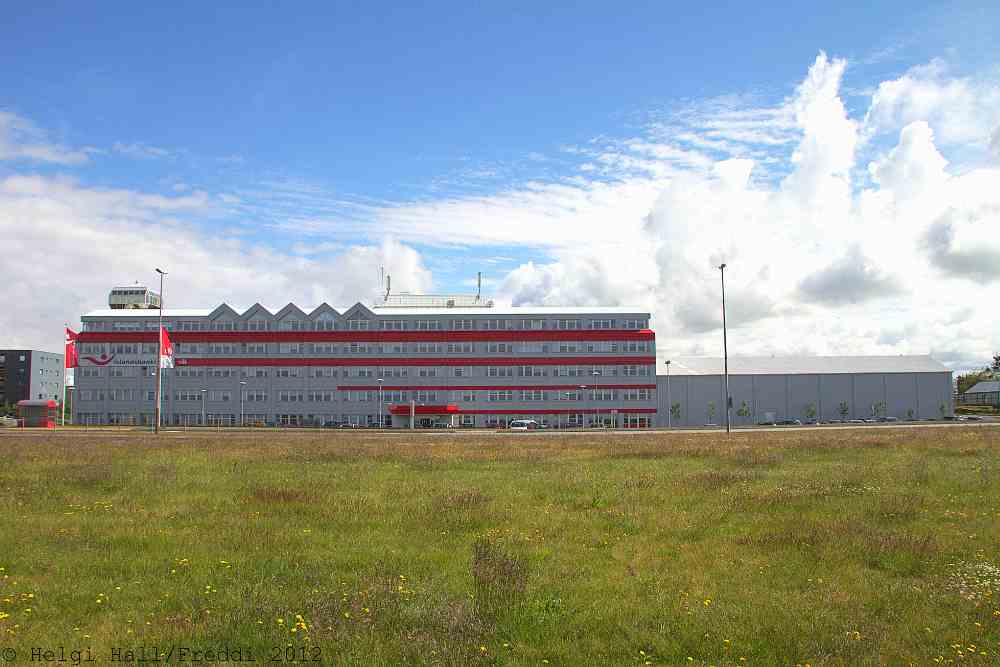
Save money while traveling in Iceland by utilizing cost-saving strategies and taking advantage of budget-friendly options throughout your trip. Iceland can be an expensive destination, but with a little planning and smart choices, you can enjoy your trip without breaking the bank.
Firstly, consider visiting Iceland during the shoulder seasons, spring and fall. This will not only help you avoid the peak tourist crowds but also allow you to take advantage of lower prices for accommodations and activities.
Regarding accommodations, opt for guesthouses or hostels instead of luxury hotels. This will not only save you money but also give you a chance to meet fellow travelers and exchange tips and experiences.
Another way to save money is by eating like a local. Instead of dining out at expensive restaurants, explore local markets and grocery stores for fresh produce and ingredients. You can easily prepare your own meals or have a picnic, which is cost-effective and allows you to enjoy Iceland’s stunning landscapes.
Consider renting a car or joining group tours to explore the country. This will allow you to visit multiple attractions at your own pace and save money on transportation costs.
How much would you spend as a tourist in Iceland per day, on average?
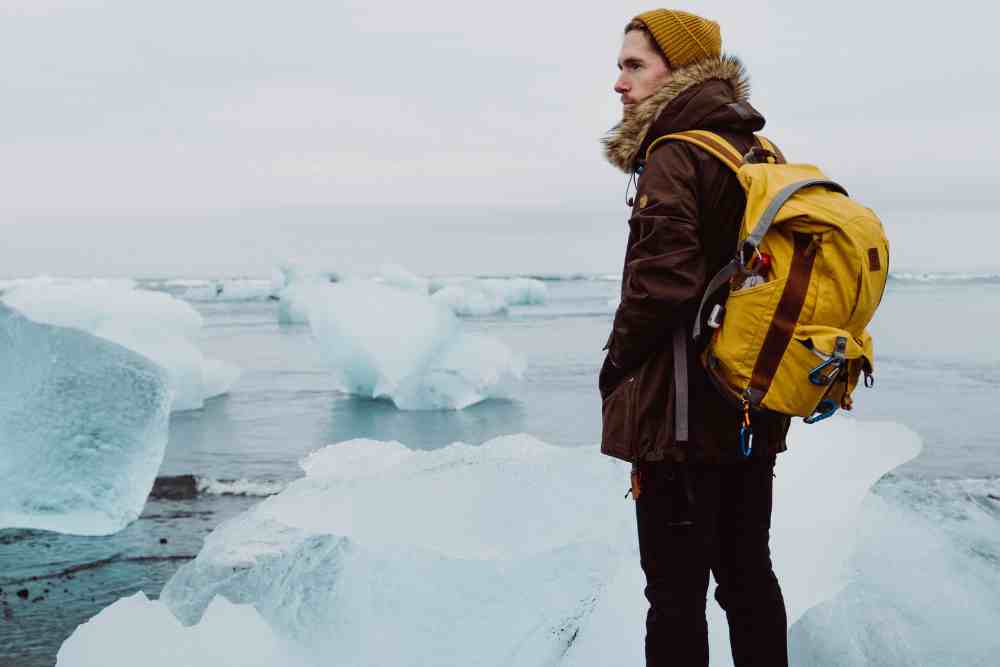
As a tourist in Iceland, you can expect to spend an average of $200 to $300 daily. This estimation includes accommodation, meals, transportation, and entertainment expenses. Accommodation prices can vary depending on the type of accommodation you choose, ranging from budget hostels to luxurious hotels.
Dining out in Iceland can be quite expensive, with the average meal cost at a restaurant ranging from $15 to $40. Transportation costs primarily depend on whether you opt for public transport or rent a car, with the latter being more convenient for exploring the country’s scenic landscapes. Activities and attractions, such as visiting the Blue Lagoon or going on a glacier hike, may incur additional expenses.
Conclusion
Traveling around Iceland doesn’t have to break the bank! With some careful budgeting and smart choices, you can experience the land of fire and ice without burning a hole in your wallet. There are plenty of ways to save money, from affordable accommodations to reasonable dining options. So don’t let the idea of Iceland being expensive scare you away. With a little planning, you can have an unforgettable trip without breaking the bank.

